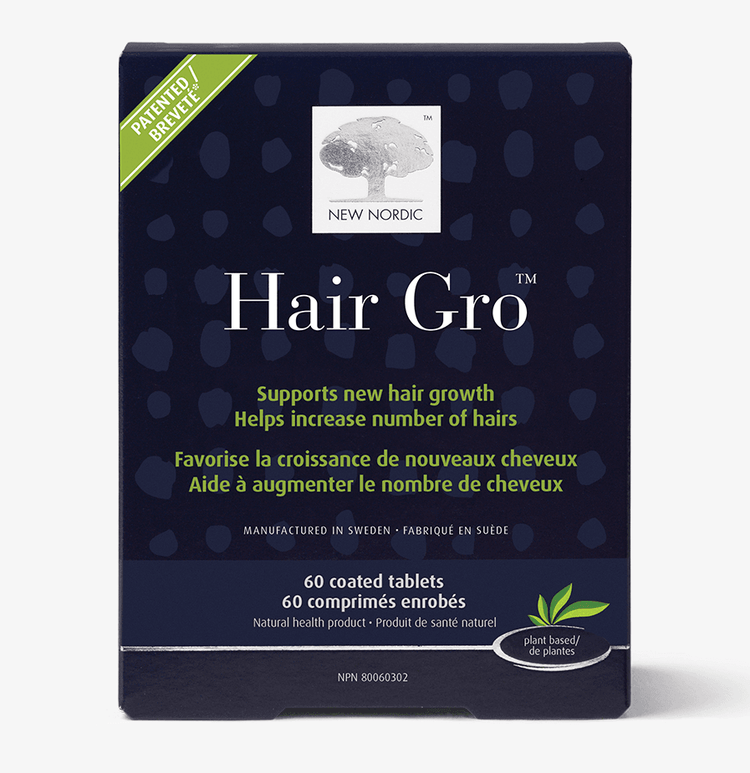Hearing is the key sense when it comes to communication and interactions, and thus pertains to one’s ability to perceive sound. However, for some, the health of their ears can be compromised. You probably know someone who has asked you at one point or another “Do you hear that ringing? What is that light buzzing noise?” The truth is they are perceiving a constant sound in their ears that no one else hears. This can be very annoying for them, and even debilitating. But what is it? What can be done to alleviate it? To answer these questions, let’s take a closer look inside the ears!

Into the ear
The ear is comprised of three important parts: the outer ear, the middle ear and the inner ear. The part that is visible is the outer ear, composed of the pinna and the external auditory canal. Its role is to capture, collect, amplify and transmit sound waves to the middle ear. These sound waves will set in motion the middle ear composed of the eardrum and the chain of 3 ossicles. It ensures the transmission of sound waves to the cochlea. Finally, the inner ear is made up of the cochlea: an arrangement of coiled tubes filled with a liquid called the endolymph. The cochlea, the most crucial part of your hearing but also the most fragile and sensitive, is covered with small hair cells whose role is to convert sound vibrations into electrical impulses. These go up along the auditory nerve to reach the brain which analyzes them and allows us to understand, recognize and discover noises or words. Many factors can cause the hair cells to lose their functionality. This can lead to a perception of ringing in the ears, a buzzing or a light whistle.

Into the noise
Our ear is sensitive to certain frequencies which allow us to define our hearing amplitude. We hear frequencies ranging from 20 Hz (the lowest) to 20,000 Hz (the highest) and an intensity level between 0 and 120 decibels. The sounds become harmful as soon as their intensity exceeds 80 decibels and the exposure is prolonged. These nuisances can lead to tinnitus (constant ringing) and even deafness.

To help relieve the ringing
A proper nutrition can go a long way, even for the ears. Certain ingredients have been shown to help when it comes to relieving the perception of tinnitus and supporting peripheral blood circulation when it comes to the inner ear. Ginkgo, pine bark and magnesium are some of those plant extracts and nutrients that have been proven effective to help support peripheral blood circulation and help reduce the perception of tinnitus, respectively. Ear Tone is a supplement that contains these elements and help decrease perceived ringing in the ear.











